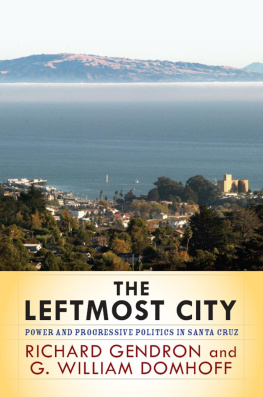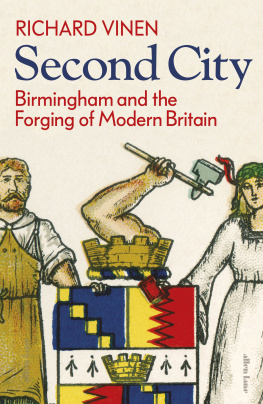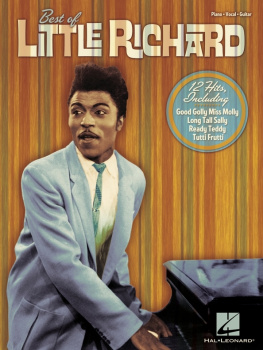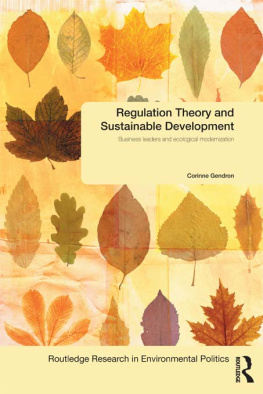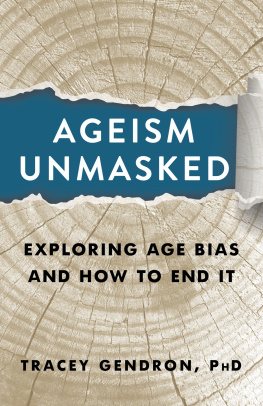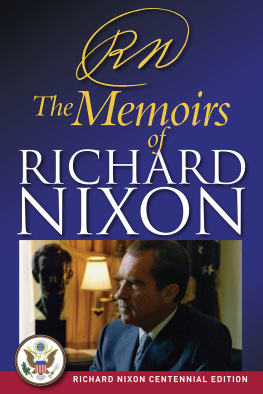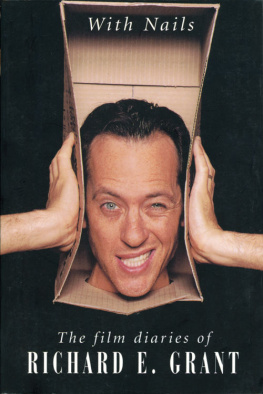Praise for The Leftmost City
The Leftmost City is a wonderful contribution to urban political theory as well as a concrete guide for how to exploit new opportunities for moving urban America forward. Without cynicism or romantic illusion, the authors use Santa Cruz to show the possibilities for community groups to exert effective local action against entrenched business interests. Thanks to their keen ethnographic eye and fast-paced narrative style, Santa Cruz becomes a laboratory for understanding how to take and hold power, and for seeing what local power can and cannot do.
Harvey Molotch, professor of Sociology and Metropolitan Studies, New York University; coauthor of Urban Fortunes
The Leftmost City gives the reader lively prose, provocative arguments, and a fresh stream of ideas. Advocates of progressive politics will find this book a rich resource to draw on. Across the political spectrum, all will learn from the extraordinary politics of Santa Cruz, thanks to the lucid and down-to-earth instruction by authors Gendron and Domhoff.
Clarence N. Stone, research professor, George Washington University; author of Regime Politics
This is a terrific book that shows how cities can chart a course between self-destruction at the hands of the growth at any cost advocates while maintaining the tax base to provide social services and preserve neighborhoods. Its a lively case study of two decades of progressive government, carefully documented, reads like a novel. And along the way, Gendron and Domhoff provide a theoretical underpinning that suggests how this experience can be repeated elsewhere.
Pierre Clavel, professor of City and Regional Planning, Cornell University; author of The Progressive City
The Leftmost City provides cogent insights on the opportunities for and persisting barriers to progressive politics at the local level. From a rigorous case study of Santa Cruz and critical analysis of urban political theory, this book offers essential reading to anyone who wants to understand and change the quality of life along with the opportunity structure in the nations metropolitan areas.
Gregory D. Squires, professor of Sociology and Public Policy and Public Administration, George Washington University; coauthor of Privileged Places: Race, Residence, and the Structure of Opportunity
A well-researched and richly detailed empirical case analysis, which adds an important and compelling theoretic contribution to the ongoing debate about the nature of power and governance in American cities.
David Imbroscio, University of Louisville; coeditor of Theories of Urban Politics
THE LEFTMOST CITY
THE LEFTMOST CITY
POWER AND PROGRESSIVE POLITICS IN SANTA CRUZ
RICHARD GENDRON
DEPARTMENT OF SOCIOLOGY AND ANTHROPOLOGY
ASSUMPTION COLLEGE
WORCESTER, MA
G. WILLIAM DOMHOFF
DEPARTMENT OF SOCIOLOGY
UNIVERSITY OF CALIFORNIA
SANTA CRUZ, CA
First published 2009 by Westview Press
Published 2018 by Routledge
711 Third Avenue, New York, NY 10017, USA
2 Park Square, Milton Park, Abingdon, Oxon OX14 4RN
Routledge is an imprint of the Taylor & Francis Group, an informa business
Copyright 2009 Taylor & Francis
All rights reserved. No part of this book may be reprinted or reproduced or utilised in any form or by any electronic, mechanical, or other means, now known or hereafter invented, including photocopying and recording, or in any information storage or retrieval system, without permission in writing from the publishers.
Notice:
Product or corporate names may be trademarks or registered trademarks, and are used only for identification and explanation without intent to infringe.
Every effort has been made to secure required
permission to use all text and art included in this volume.
Designed by Trish Wilkinson
Set in 10.5-point Minion
Gendron, Richard.
The leftmost city : power and progressive politics in Santa Cruz / Richard Gendron and G. William Domhoff.
p.cm.
Includes bibliographical references and index.
ISBN 978-0-8133-4438-6 (pbk. : alk. paper) 1. Political participationCaliforniaSanta Cruz. 2. Political activistsCaliforniaSanta Cruz. 3. CoalitionsCaliforniaSanta Cruz. 4. Santa Cruz (Calif.)Politics and government. 5. CoalitionsCase studies. 6. Progressivism (United States politics)Case studies. I. Domhoff, G. William. II. Title.
JS1450.S313G45 2009
320.9794'71dc22
2008039283
ISBN 13: 978-0-8133-4438-6 (pbk)
To Ruth,
Without whose love, friendship, encouragement,
and good cheer this book could not have been written.

A s is so often the case with books building on the myriad details that do not appear in the written record, it truly would not have been possible to write this one without the time and help of a great many people. First and foremost, we thank the several dozen local activists, elected officials, and business owners who were willing to take the time to talk to us in the early 1990s, and/or in 2007, about the political aftermath of the catastrophic earthquake that battered the downtown area in October 1989.
In addition, we are grateful to Peter Kirkup, Sally Kirkup, and Cynthia Mathews of the Downtown Neighbors Association for making available numerous documents and other personal correspondence related to this neighborhood group and the rebuilding of Santa Cruz. Ralph Meyberg of the Downtown Neighbors Association also gave us important help by providing us with archival materials on post-earthquake redevelopment efforts. Julia Anthony, a member of the board of directors of Vision Santa Cruz, the public-private partnership that rebuilt the downtown, lent us her extensive clip files on post-earthquake reconstruction.
For historical perspective and the correction of many mistakes about Santa Cruz politics, we thank several local activists and political leaders who read the entire manuscript and then endured many follow-up questions: Bruce Bratton, Denise Holbert, Gary Patton, Mike Rotkin, Andy Schiffrin, and Mardi Wormhoudt. Their careful readings and critical comments provided us with a solid reality check and brought us a better understanding of the way in which they perceived and experienced the events and decisions of which they were a vital part. The fact that they often had their own take on many of the issues we discuss helped us clarify our own arguments. In much the same way, former city planners Charles Eadie and Joe Hall read through the whole manuscript with care and provided us with new ideas, new information, and original perspectives based on their unique window on many of the conflicts. We add a further thanks to Joe for giving a revised version of the manuscript a careful reading and patiently answering many additional questions about planning problems in Santa Cruz.







